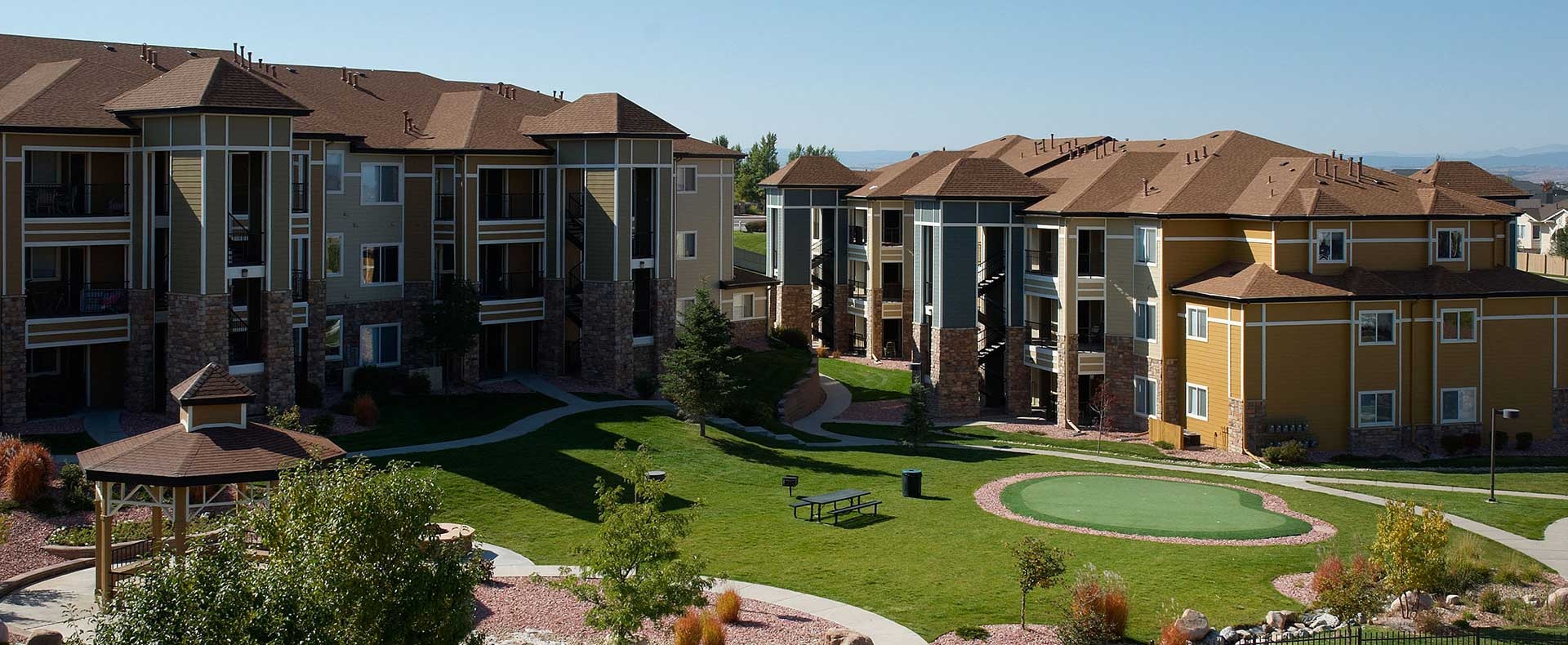We have been told by some that investing in real estate is a way to get rich quick. While this actually has happened to very few, this is not the norm. What you can count on though is that to earn passive income in real estate is a slow but steady way to accumulate wealth. There are usually many fewer surprises than when compared to the stock market.
A common myth says that passive real estate investing involves little to no work. But in reality, it really takes quite a bit of work up front in order to be truly passive… Thus, the name of this website, Actively Passive. If you’re like many out there, you like the idea of being able to bring in a little extra money on the side. Creating an income outside your day job can help boost your net worth —not to mention reducing stress when it comes to making ends meet.
There are so many ways to make money in real estate, such as flipping houses or renting them out. Many ways are really not that passive in that it takes a lot of work to find potential properties, buy them, fix them up and hopefully sell them for a profit. I have done this in the past and it was more active than passive. So, if you have a full-time job with not a lot of extra time and are looking for wealth accumulation or preservation, how do you get into the world of real estate investing – passively? Syndications.
How can a syndication help to earn passive income?
Generally speaking, real estate syndication is a vehicle for people to pool their monetary resources, organized by a syndicator or sponsor, in order to invest in properties and projects (in this context I will be discussing multi-family properties) that are much larger than they could manage on their own. In the past, only the wealthiest among us were able to participate, but with new legislation over the past decade, this has become more accessible to investors like you and me.
The sponsor of the offering (the general partner) invests sweat equity in the project. He/she is responsible for finding the property, raising funds from investors (limited partners) acquiring the property, managing the day-to-day operations of the project, usually following a 3-7-year business plan. For this, the sponsor is typically rewarded with 10%-25% of the project’s equity and positive cash flow. This may seem like a lot, but remember that the sponsor is doing all the work. As the investors have no managerial responsibilities, this is about as passive as it gets. The investors simply receive their monthly or quarterly distributions as well as their share of the profits at the end of the project when the property gets sold.
What to Expect
Investors, the limited partners or LPs, are paid in a couple of ways: returns and equity splits. LPs make money from distributions of the profit in the cash flow from rental income, as well as what is called the upside, the profit made when the property is sold at an appreciated value at the end of the project according to the equity split. Many times, the distributions are composed of preferred returns. After the preferred return (pref) is paid, any money available over and above it is paid to LPs and GPs (general partners) based on the established equity split. Preferred returns are usually between 5-10%, if a sponsor offers them, and an equity split might be 20-30% to the GP and 80-70% to the LP. This will be defined in the offering documents.
The GP and the LP own the property together in the syndication and it is usually the goal to eventually sell the property at the end of the business plan’s term at a higher valuation. The business plan spells out how the GP will manage the property and increase its value through capital improvements as well as reducing costs and increasing rents and other income.
How Much Can I Make?
As this can vary based on an almost infinite set of circumstances, I will answer this question with an example. This is based on a real-life example, one that I invested in recently. This one did not have a preferred return.
- Investment Opportunity: 82 Units
- Purchase Price: $3.5M
- Total Capital Raise: $1,715,800
- Cap-Ex Budget: $1,200,800
- Average Annualized Return (AAR): 16.3%
- Internal Rate of Return (IRR): 13.8%
- Return on Capital (Equity Multiple): 1.65x
- Projected Investment Period: 4 Years
- Minimum Investment: $50,000
- Maximum Investment: $400,000
- Ownership Split: 80% investors – 20% managing members
What does this mean? A $100,000 Investment will return $165,007 in 4 years according to the sponsor’s underwriting. Here’s how it breaks down:
| Year 1 | Year 2 | Year 3 | Year 4 | |
|---|---|---|---|---|
| Investor Return $ | $11 | $6,302 | $6,673 | $52,021 |
| Investor Return % | 0% | 6.3% | 6.7% | 52.0% |
| Principal Return | $100,000 | |||
| Total Return % | 65.0% | |||
| Annualized Return | 16.3% | |||
| IRR | 13.8% | |||
| Equity Multiple | 1.65x | |||
| Total Return | $165,007 |
As you can see, most of the profit in this project comes from the sale. It is not expected to have any quarterly distributions within the first year because the syndication team is doing quite a bit of capital improvements in order to achieve higher rents. As you explore other investment opportunities, you will find some that offer much higher returns as well as some that are lower.
How the Syndication Makes Money for the LPs and the GPs
A multi-family property, in this case an apartment complex, generates rental revenue from its tenants, but also has other income like pet fees, laundry income, parking premiums, utility reimbursements and storage charges. Just like any other business, there are costs associated with running and managing a property. There are maintenance costs and utilities, capital expenditures for items like HVAC, roofs and building improvements. There is payroll for the leasing staff as well as costs for marketing. The goal for the sponsor is to ensure that revenues are optimized and costs are reduced. The business plan spells out the strategies for each of these, and when achieved, creates value that can be shared with the passive investors.
A big part of the value comes in the form of appreciation, and there are 2 types: forced and market. Forced appreciation is achieved as the GP executes the business plan and includes property renovations on the insides of the units as well as outside on the grounds. Adding or improving amenities that make the property more desirable to tenants also forces appreciation by justifying rent increases. These include pools, patios, grilling areas, dog parks, clubhouse updates and garden areas. Even services like community programs and services help add value to the community. Stabilizing the property with high-quality tenants who are more likely to pay rent will increase the likelihood of profitability, thus value. Cost reduction is another forced appreciation strategy, and can be achieved by employing a more effective property management team, decreasing water and power usage, and eliminate wasteful spending wherever possible.
Market appreciation happens when the apartment community’s value increases over time as a result of positive growth in population, strengthened local economy, and even increased demand for rental apartments. This type of appreciation is very unpredictable, so sponsors’ underwriting generally doesn’t rely market appreciation to achieve success.


